GPR Scanning
Why Customers Choose Dowds Pipe and Cable Locating Services
Over 25 Years of Experience
Advanced Technology Solutions
100% Certified Accredited & Insured
Free No Obligation Quotes
Responsive Technology Solutions
Detailed Comprehensive Reporting
Complete Guide to GPR Scanning Services: Safe, Accurate & Non-Destructive Subsurface Mapping
As the owner of Dowd’s Pipe and Cable Locating, I’ve helped countless builders, engineers and property owners across Wollongong, Sydney and the Southern Highlands avoid costly surprises before breaking ground. Our GPR Scanning Services—also known as Ground Penetrating Radar—use advanced electromagnetic technology to detect and map underground utilities, voids and concrete structures without excavation or damage.
Every week we see projects delayed or derailed because underground conditions weren’t properly assessed. Professional GPR scanning changes that. It delivers fast, accurate, real-time insight into what’s hidden beneath your site—helping you plan smarter, dig safer and stay compliant with Australian standards. Concrete, asphalt, metal, masonry—whatever is between you and your utilities, our team can see through it!
What This Guide Covers
This comprehensive guide explains:
- How GPR Scanning Services work
- Key applications for construction, utilities and concrete investigations
- The benefits of professional subsurface imaging
- Our step-by-step process and technologies
- A transparent cost guide and local case study from Campbelltown
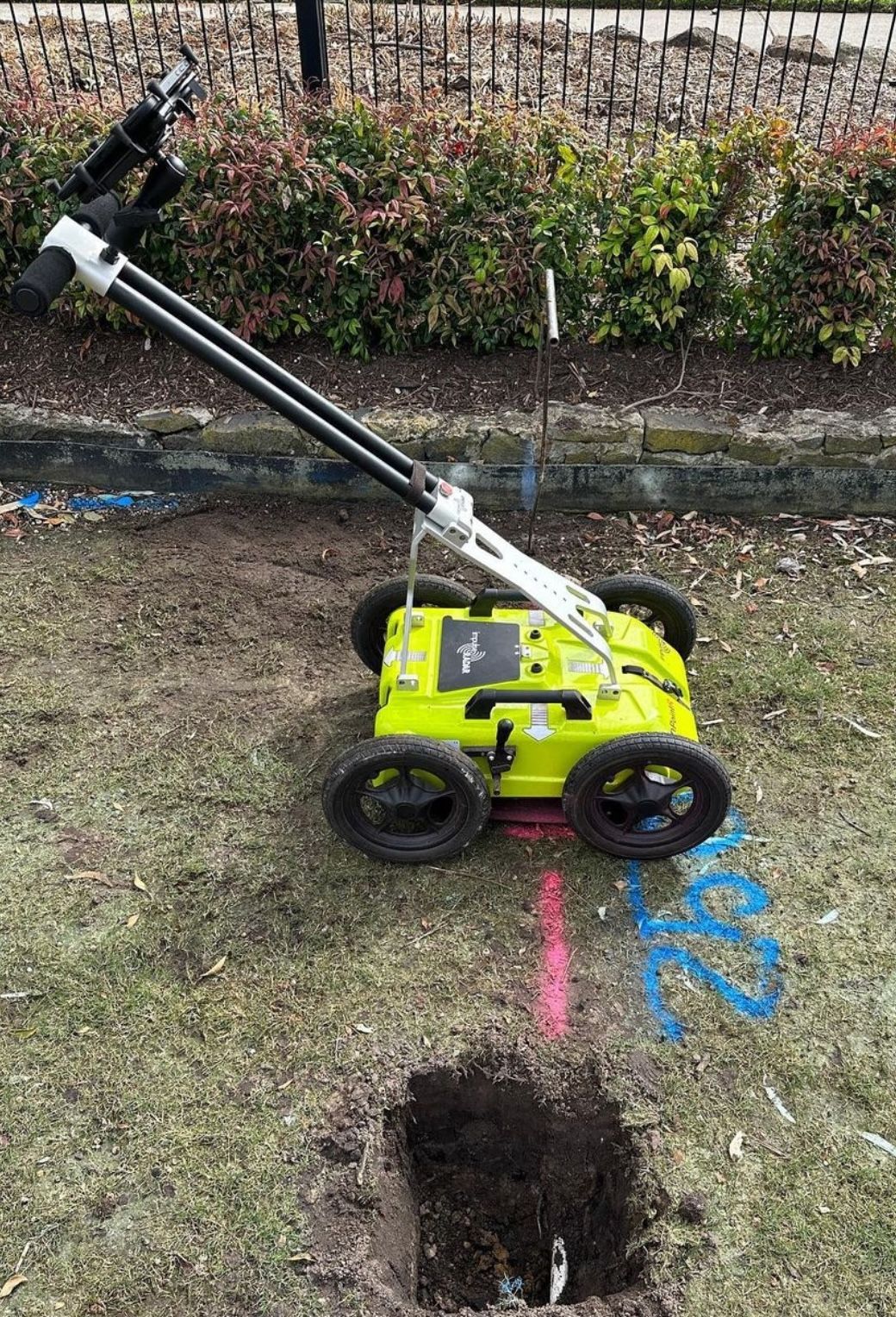
What We Can Detect
GPR easily identifies water and gas lines, electrical cables, and reinforcing steel. With depth accuracy often within 5–10 centimetres, we can trace the exact path of critical infrastructure.
Metallic Utilities
Unlike basic locators, GPR detects PVC pipes, concrete voids, fibre optic conduits and soil layers—ideal for modern developments where plastic and composite materials dominate.
Non-Metallic Objects
GPR highlights voids, sinkholes or debris that could compromise foundations or cause future instability—vital information for civil and structural engineers.
Subsurface Anomalies
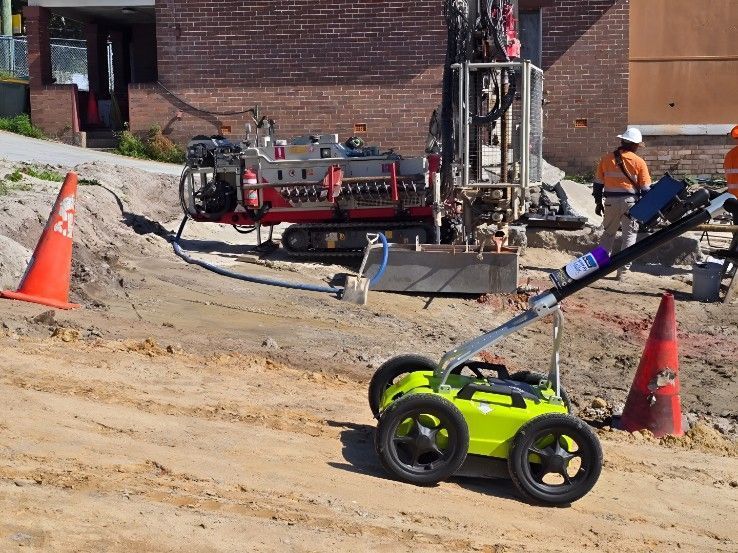
Why GPR Scanning Matters Before You Dig
Hitting a hidden power line or water main can cause serious injury, expensive repairs and project delays. Across Australia, accidental utility strikes cost more than $1 billion each year—most of which could have been prevented with proper scanning.
By using GPR Scanning Services early in your planning, you reduce those risks dramatically. At Dowd’s, we combine decades of experience with cutting-edge equipment to deliver the accurate data you need to keep your project safe and efficient.
Understanding GPR Scanning Technology
The beauty of GPR is its versatility: it can detect both metallic and non-metallic materials, from steel rebar and copper cables to PVC pipes, buried tanks and concrete thickness variations.
By using this non-invasive technique, we provide our clients with the confidence to excavate or drill without fear of striking unseen hazards.
Benefits of Professional GPR Scanning
- Non-destructive testing (NDT): No digging, drilling or damage.
- High-resolution imaging: Clear, detailed subsurface profiles.
- Improved safety: Prevents accidental strikes and injuries.
- Regulatory compliance: Supports Dial Before You Dig and AS 5488 requirements.
- Cost efficiency: Detect problems early to avoid expensive rework.
- Faster decision-making: Immediate on-site results allow quick adjustments.
In short, GPR scanning is the safest, most efficient way to understand your site before you touch the ground.
Common Applications for GPR Scanning Services
Before coring, drilling or cutting, we scan to locate rebar, post-tension cables and conduits. This prevents structural damage and keeps workers safe. We’ve used this method across Wollongong CBD developments and Sydney commercial renovations, ensuring builders can cut and core confidently.
Concrete Scanning and Structural Assessment
Because GPR requires no surface disturbance, it’s ideal for sensitive sites—heritage areas, active facilities or finished concrete floors. Our trained technicians use the latest dual-frequency systems to capture shallow and deep data simultaneously, ensuring accuracy regardless of soil type or slab thickness.
Non-Destructive Testing (NDT) Using GPR
GPR is indispensable for mapping water, gas, electrical and communication lines prior to excavation. We deliver complete subsurface utility mapping to support design and planning.
Underground Utility Locating
From geotechnical profiling to foundation design, GPR helps engineers assess ground stability, identify voids and verify that newly installed utilities meet design specifications.
Construction and Engineering Support
What Types of Underground Assets Can a GPR Locate?
GPR is a valuable tool for rapidly and non-destructively locating a broad range of underground assets that can have an impact on construction projects. Identifying these assets early on saves your project time and expense in the long run. Some of the underground assets that GPR is capable of locating include:
- Pipes & utility lines
- Air pockets and voids
- Rock obstructions
- Areas of excavation
- Bedrock
- Groundwater tables
Step-by-Step GPR Scanning Process
1. Site Assessment and Quotation
We inspect your site, review existing plans, and provide a transparent quote within 24–48 hours.
2. Preparation and Safety Checks
Before scanning, we mark boundaries, set safety barriers and calibrate equipment for local ground conditions.
3. Systematic Scanning
Our certified operators perform grid-based scans, capturing electromagnetic reflections and marking features in real time.
4. Immediate On-Site Feedback
We interpret data on the spot, marking detected utilities directly on the surface for instant visibility.
5. Detailed Reporting
Within one business day, you’ll receive a digital report with scan images, depth readings, GPS data, and professional recommendations.
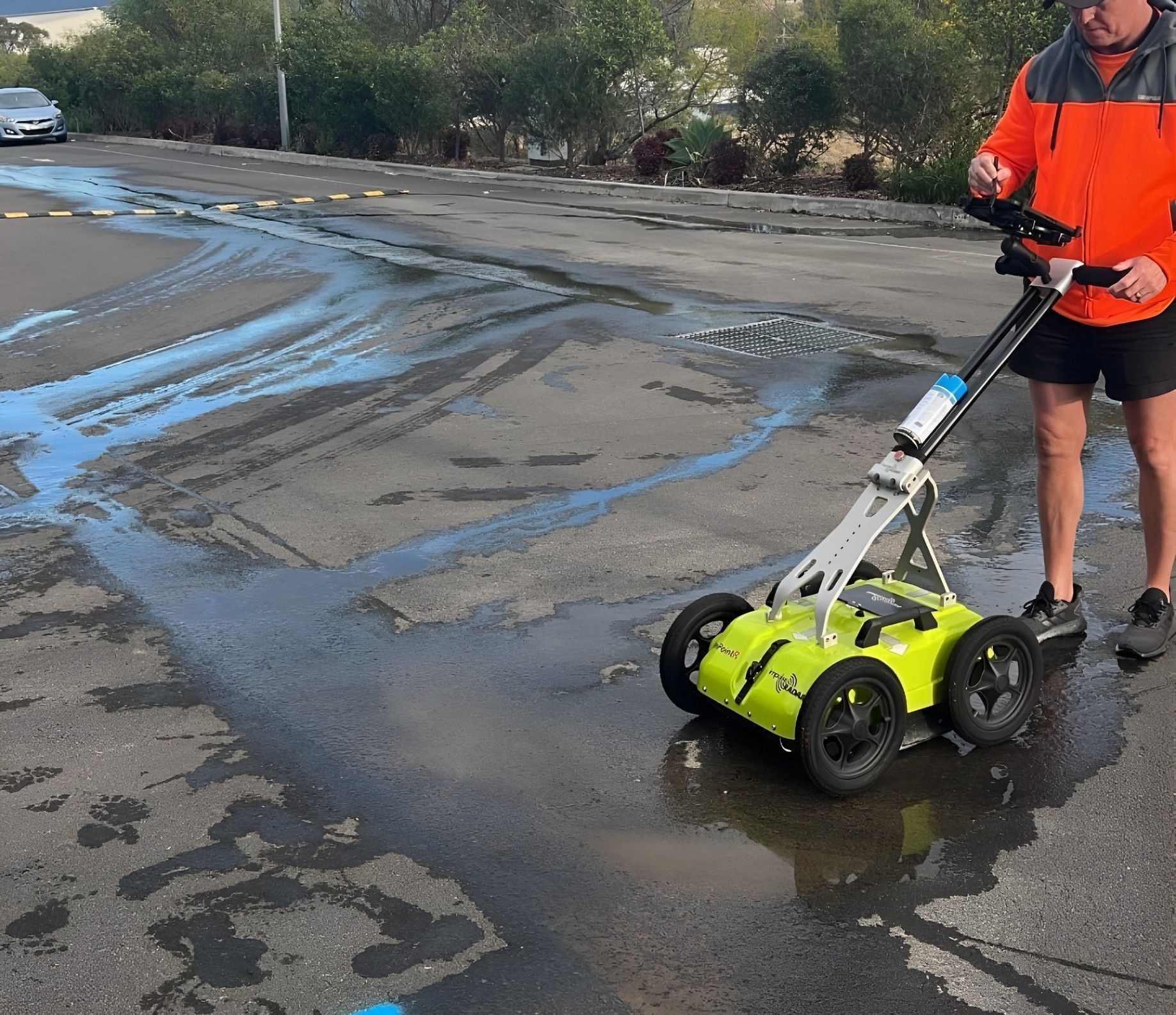
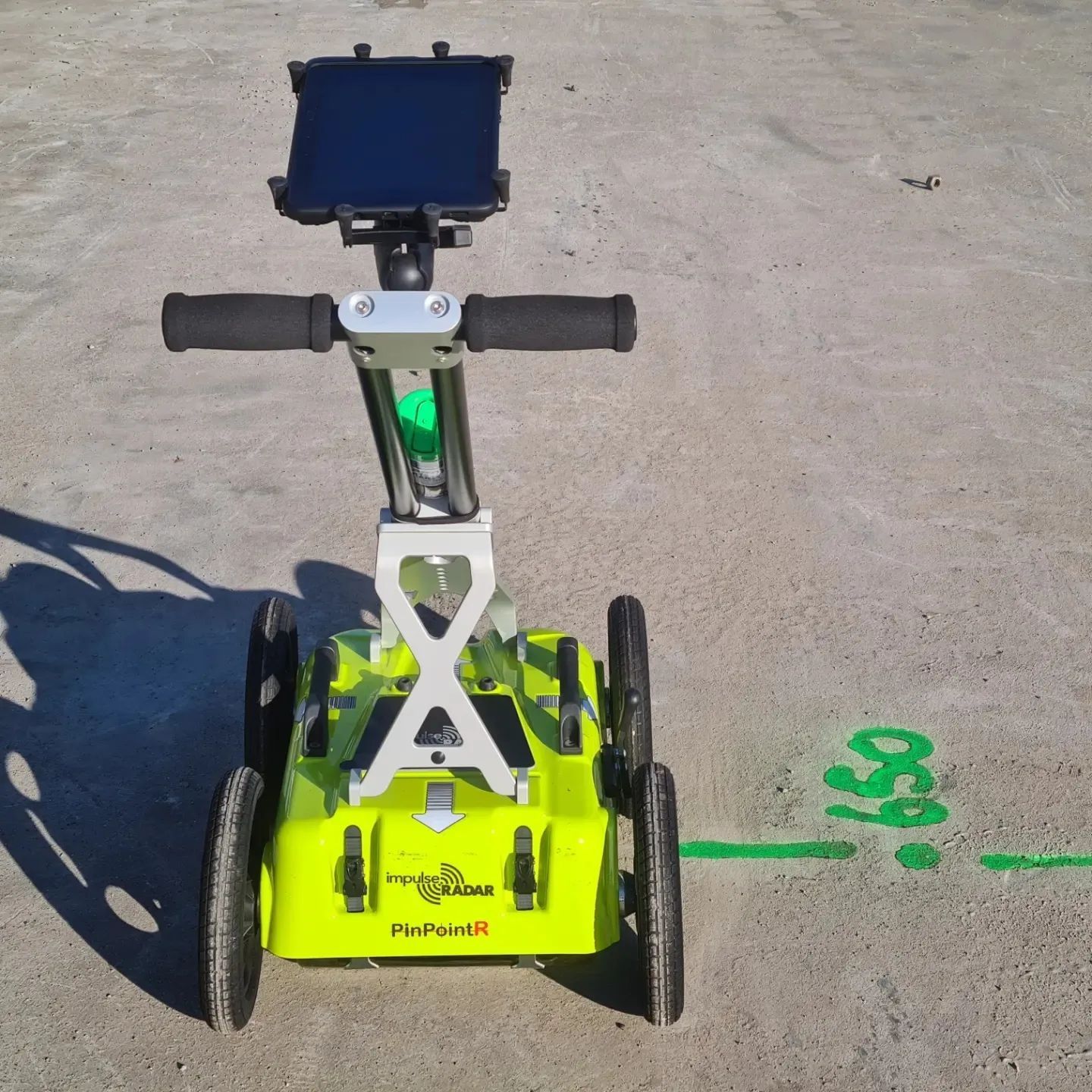
Choosing the Right GPR Provider
Not all scanning companies are equal. When hiring a GPR provider, ask about:
- Experience and certification: How long they’ve operated and what accreditations they hold.
- Technology: Do they use modern dual-frequency GPR units for both shallow and deep detection?
- Reporting standards: Are their deliverables AS 5488 compliant?
- Local expertise: Do they understand regional soil conditions in the Illawarra, Shoalhaven and Southern Highlands?
At Dowd’s Pipe and Cable Locating, we tick all those boxes. With more than 25 years in underground service detection, we know how to adapt scanning techniques to the unique geology and construction conditions of Wollongong, Sydney and the Southern Highlands.
Cost Guide for GPR Scanning Services
Pricing depends on project size, accessibility, and required detail. Here’s a general overview for clients across our service areas:
| Service Type | Typical Cost (excl. GST) | Inclusions |
|---|---|---|
| Concrete Scanning (Small Area) | $250 – $600+ | Single-slab scan with on-site markings |
| Utility Locating with GPR | $700 – $1,200+ | Dual-frequency scanning + GPS mapping + report |
| Large Commercial or Civil Projects | $1,500 – $3,000+ | Multi-zone survey, AS 5488 report |
| Hourly Consultation/Rescan | $250 – $400+ /ph | Follow-up scans, quality assurance or re-inspection |
Note: Soil type, moisture and access can affect scan performance and cost. We always provide fixed pricing before starting.
Common Challenges and How We Solve Them
Challenge: Difficult Surface Conditions
Wet soil, thick reinforcement or newly poured slabs can distort readings.
Our Solution:
We adjust antenna frequencies, use moisture-compensated settings and rescan with different polarities to achieve clear results.
Challenge: Depth Limitations
Clay or saline soil can reduce penetration depth. Our Solution: We combine GPR with electromagnetic locating and vacuum verification to confirm results at multiple depths.
Our Solution:
We combine GPR with electromagnetic locating and vacuum verification to confirm results at multiple depths.
Challenge: Data Interpretation Errors
Untrained operators may misread reflections.
Our Solution:
All scans are reviewed by certified GPR technicians with years of field experience in NSW conditions.
When is GPR the Best Locating Method?
GPR is versatile, making it the leading locating method in a wide variety of circumstances. Whenever you’re looking for a non-destructive and non-invasive locating method, GPR fits the bill. It’s always advisable to use GPR services at the start of a project. Some circumstances where GPR might be the best locating method include:
- Before excavation or construction work
- When you’re searching for utilities & geological features
- When you’re assessing a public space
- When you’re surveying walls, balconies, slabs or tunnels
- When you’re surveying a large area
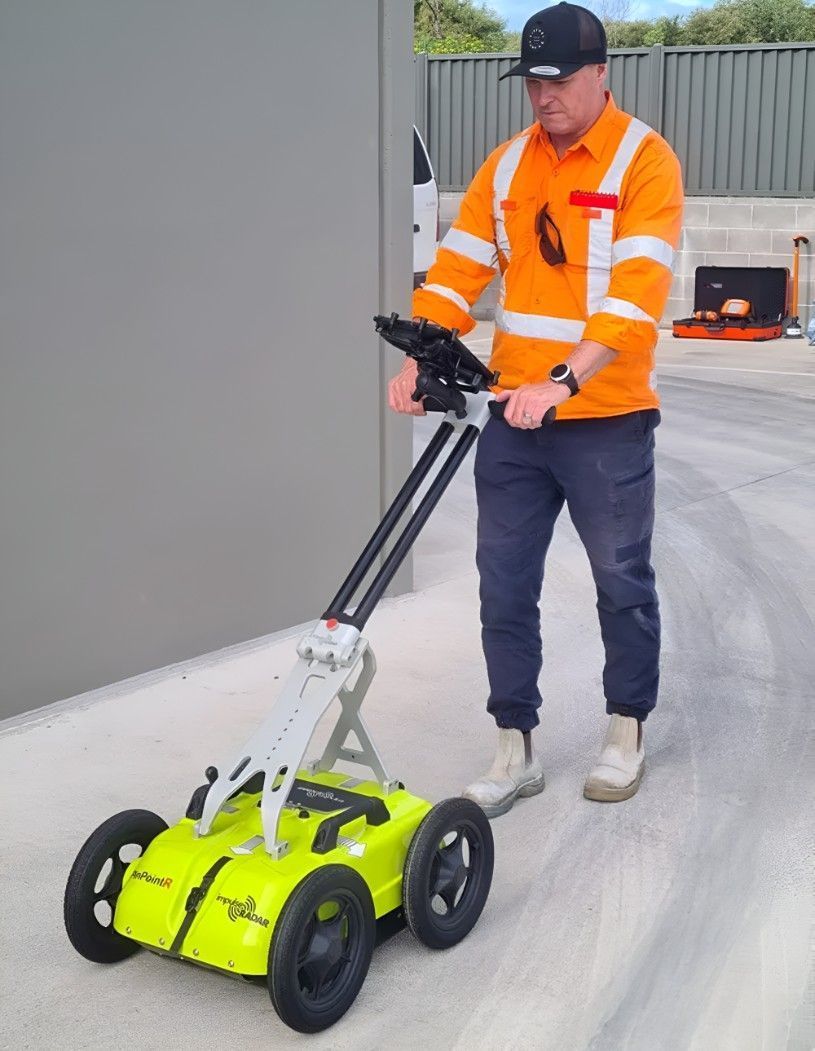

Safety and Compliance
We operate under strict safety protocols:
- PPE and exclusion zones for all scanning operations
- Equipment calibration before each job
- Ongoing technician training in WHS and AS 5488 compliance
- Clear communication with clients and on-site crews
By following these standards, we help clients meet Work Health and Safety obligations while protecting workers and infrastructure.
GPR Work in Practice — Real Results Across NSW
Our GPR work consistently helps clients avoid damage, improve accuracy and maintain efficiency. Whether it’s scanning concrete walls, tracing fibre networks or locating stormwater lines before trenching, our approach remains the same: precise, safe and fully documented.
Conclusion & Next Steps
If you’re planning any excavation, renovation or concrete cutting, professional GPR Scanning Services should be your first step. At Dowd’s Pipe and Cable Locating, we combine the latest technology with local knowledge to deliver fast, accurate and compliant results across Wollongong, Sydney and the Southern Highlands.
Ready to Get Started?
Call 0434 635 134 to book your scan or request a quote online. Let’s make sure your project starts safe—and stays on schedule.
Real Customer Reviews
Declan moved things around to fit me in at short notice for an urgent water leak. He located the leak through concrete within minutes. He provides a highly efficient and professional service. I will be using Dowds Pipe and Cable Utility Locating for all of my future work.
Declan came out to scan our concrete slab at our new premises ahead of drilling into the concrete, his findings totally put our mind at ease for the job ahead. Declan is professional, friendly and always a pleasure to deal with. Highly recommended for Utility Services Locating!
Great service and value for money, highly recommended Dowds Pipe and Cable Utility Locating.
Very friendly and helpful utility locating service. Declan took the time explaining things over the phone to me in a very clear, informative, and professional way. Thanks
GPR Scanning FAQs
What is GPR scanning and how does it work?
Ground Penetrating Radar (GPR) scanning uses radar pulses to detect buried utilities, voids and concrete structures without excavation. It's ideal for safe, non-destructive subsurface mapping.
How much does GPR scanning cost in Sydney?
In Sydney, GPR scanning by Dowds Pipe and Cable Locating generally starts from around $350+ for small areas and scales based on project scope and site accessibility.
When should I book a GPR scan?
Book GPR scanning before drilling, coring or excavation to identify hazards and avoid costly utility strikes or structural damage.
Is GPR scanning suitable for concrete and soil surfaces?
Yes, we use specialised radar antennas suited for concrete slabs, asphalt, soil and rock across residential, commercial and civil works.
How accurate are your GPR results?
Our GPR scanners provide centimetre-level accuracy and real-time imaging, giving builders and engineers reliable data to make informed site decisions.
